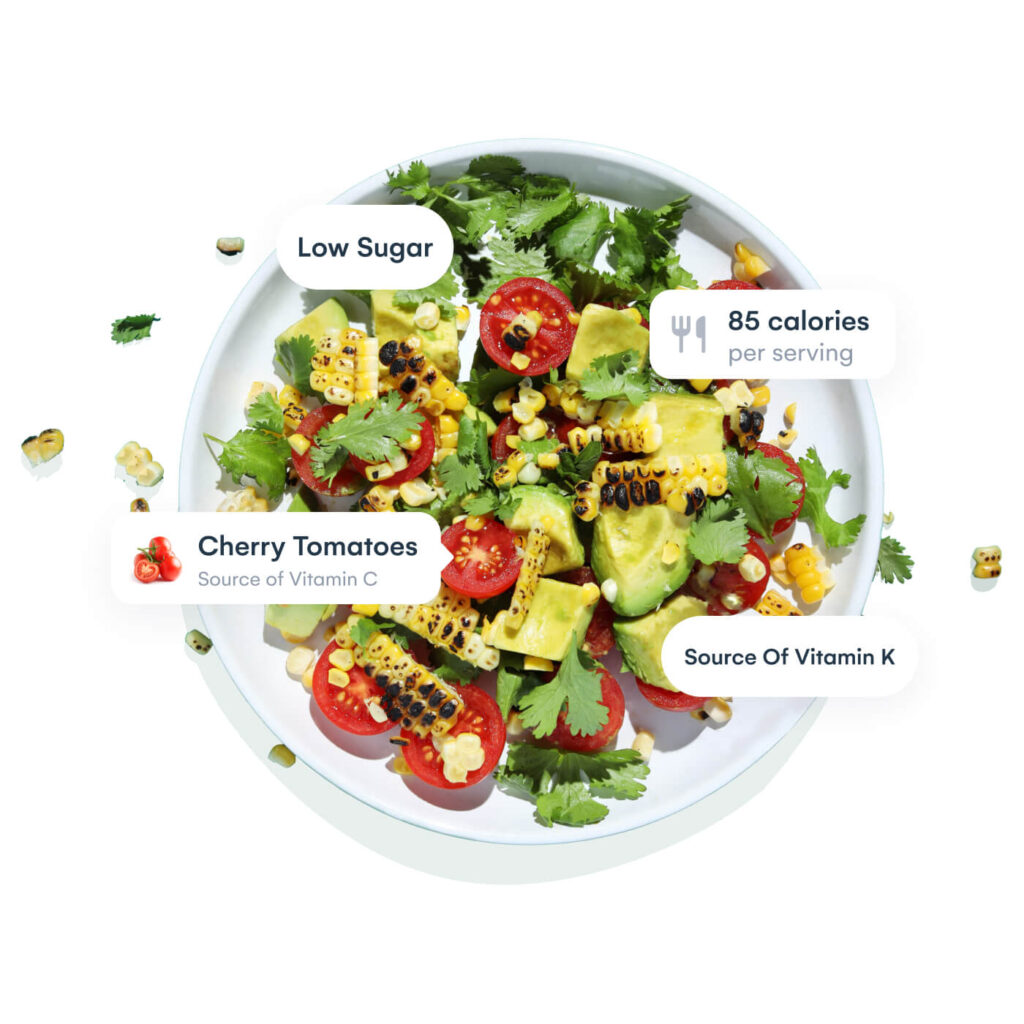Recipe Calorie Calculation: A Comprehensive Nutritional Analysis Guide

Introduction
Welcome to our comprehensive guide on figuring out calories in a recipe. Whether you're trying to maintain a healthy lifestyle, lose weight, or just curious about the nutritional content of your favorite dishes, calculating the calories in a recipe can provide valuable insight into your dietary choices.
Why Counting Calories in Recipes is Important
Knowing the calorie content of a recipe allows you to make informed decisions about portion sizes and meal planning. It can help you track your daily calorie intake, balance macronutrients, and make adjustments to meet your specific dietary goals.
Methods for Calculating Calories in Recipes
- Manual Calculation: This traditional method involves identifying the ingredients in a recipe, determining the calorie content of each ingredient, and adding them together to get the total calories.
- Online Tools and Apps: Numerous websites and mobile apps are available that can take the guesswork out of calorie calculations. These tools often have extensive databases of ingredients and their corresponding nutritional information.
Tips for Accurate Calorie Calculation
- Use a Food Scale: Weighing your ingredients ensures accuracy in calorie calculation. Eyeballing measurements can lead to significant deviations.
- Account for Cooking Methods: Different cooking methods can affect the nutritional content of a recipe. Consider the impact of frying, grilling, baking, or boiling on the calorie count.
- Consider Recipe Modifications: If you make any changes to a recipe, such as using low-fat ingredients or reducing sugar, be sure to adjust the calorie count accordingly.
Conclusion
By taking the time to figure out calories in a recipe, you gain a better understanding of the nutritional value of your meals. This knowledge empowers you to make healthier choices and maintain control over your diet.
F.A.Q.S.
1. How do I calculate the calories in a recipe?
To calculate the calories in a recipe, identify the ingredients, determine their calorie content per serving, and add them together. Online tools and apps can assist with this process.
2. Are there any specific tools or apps available for recipe calorie calculation?
Yes, there are numerous tools and apps available that can calculate the calories in a recipe based on the ingredients and their quantities.
3. Can I estimate the calories in a recipe without using a food scale?
While it's best to use a food scale for accurate measurement, you can estimate the calories by using standard serving sizes listed on food packaging or referring to online resources.
4. How can I make healthier substitutions in a recipe without affecting the calorie count?
To make healthier substitutions without affecting the calorie count, opt for low-fat or low-sugar alternatives and adjust the quantities accordingly. Be mindful of the impact on taste and texture.